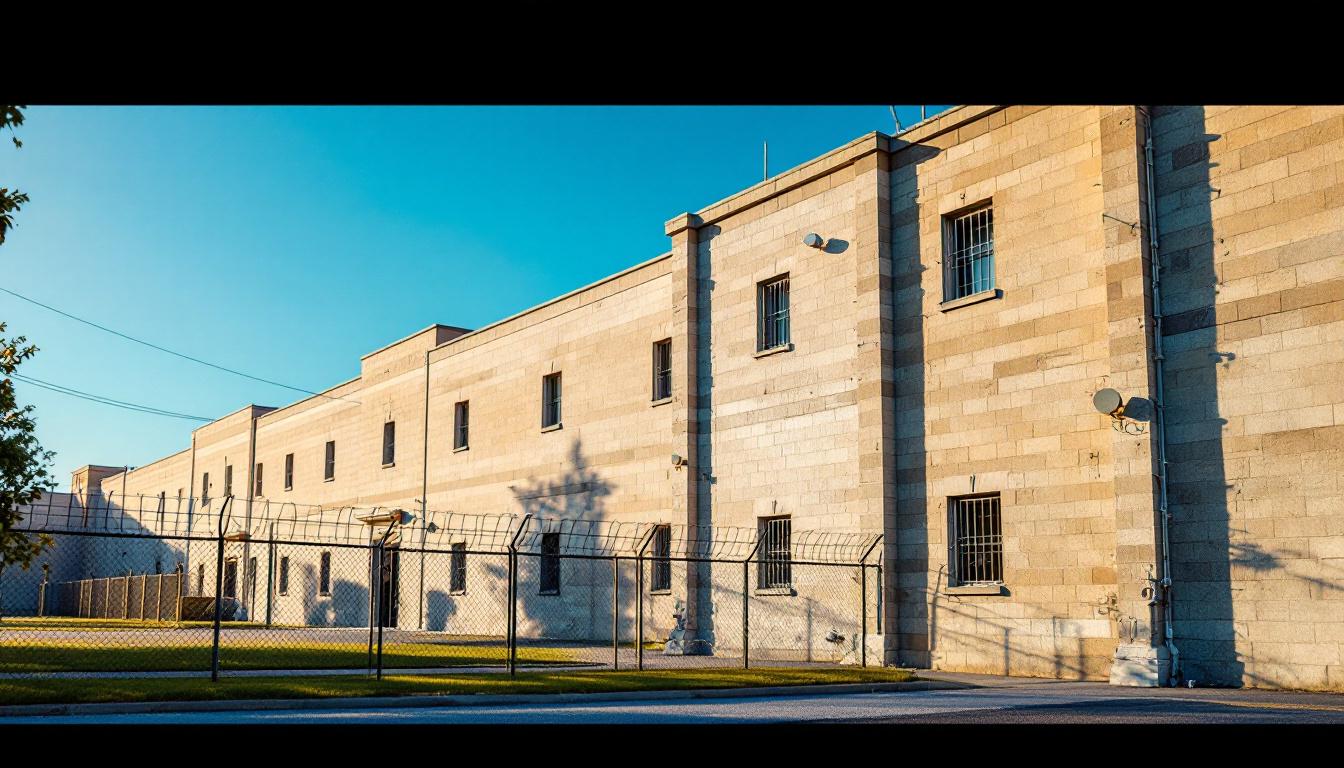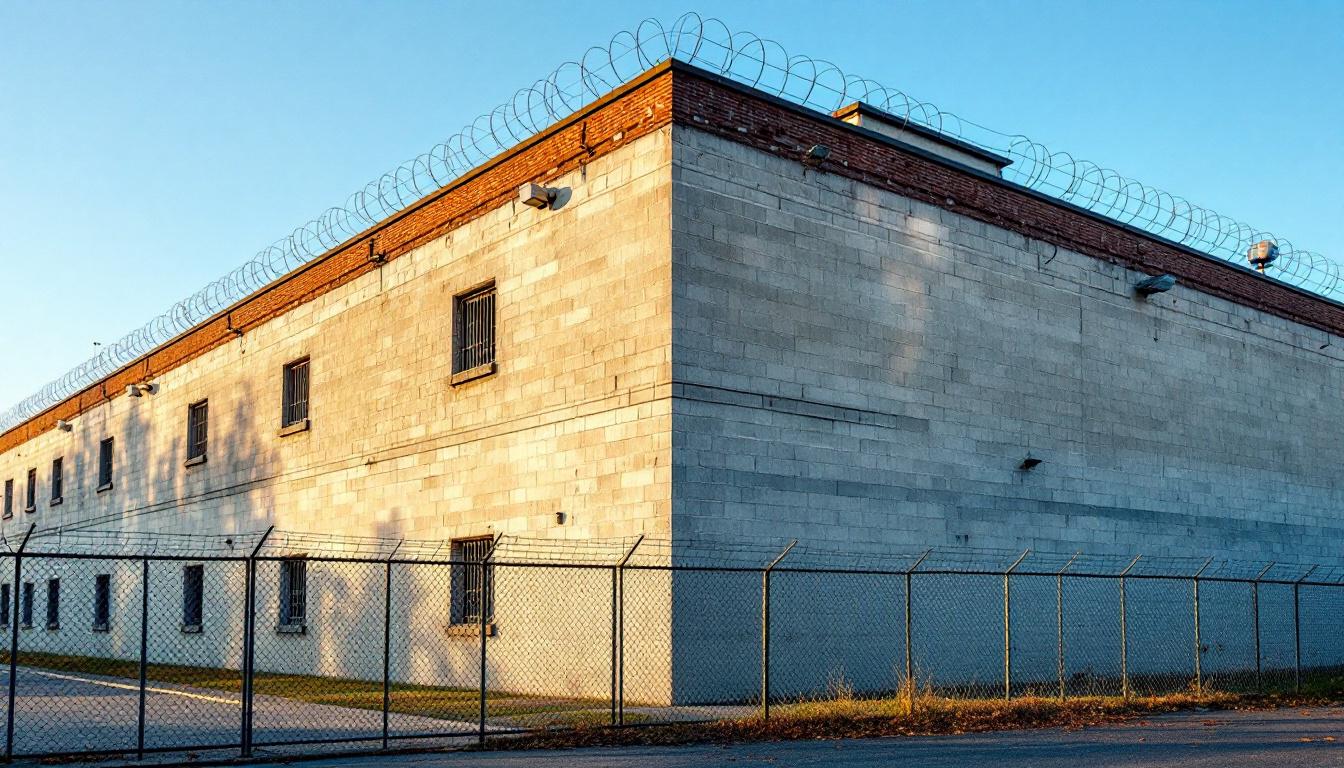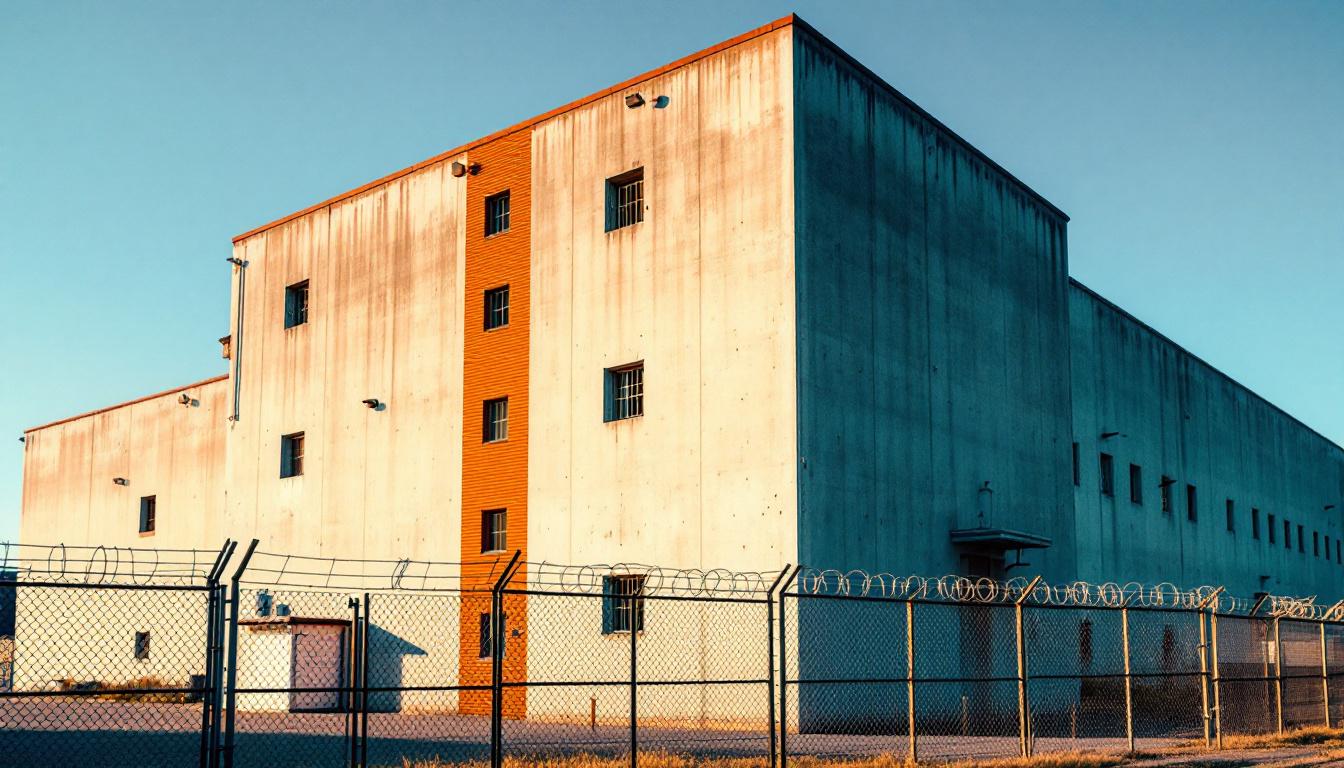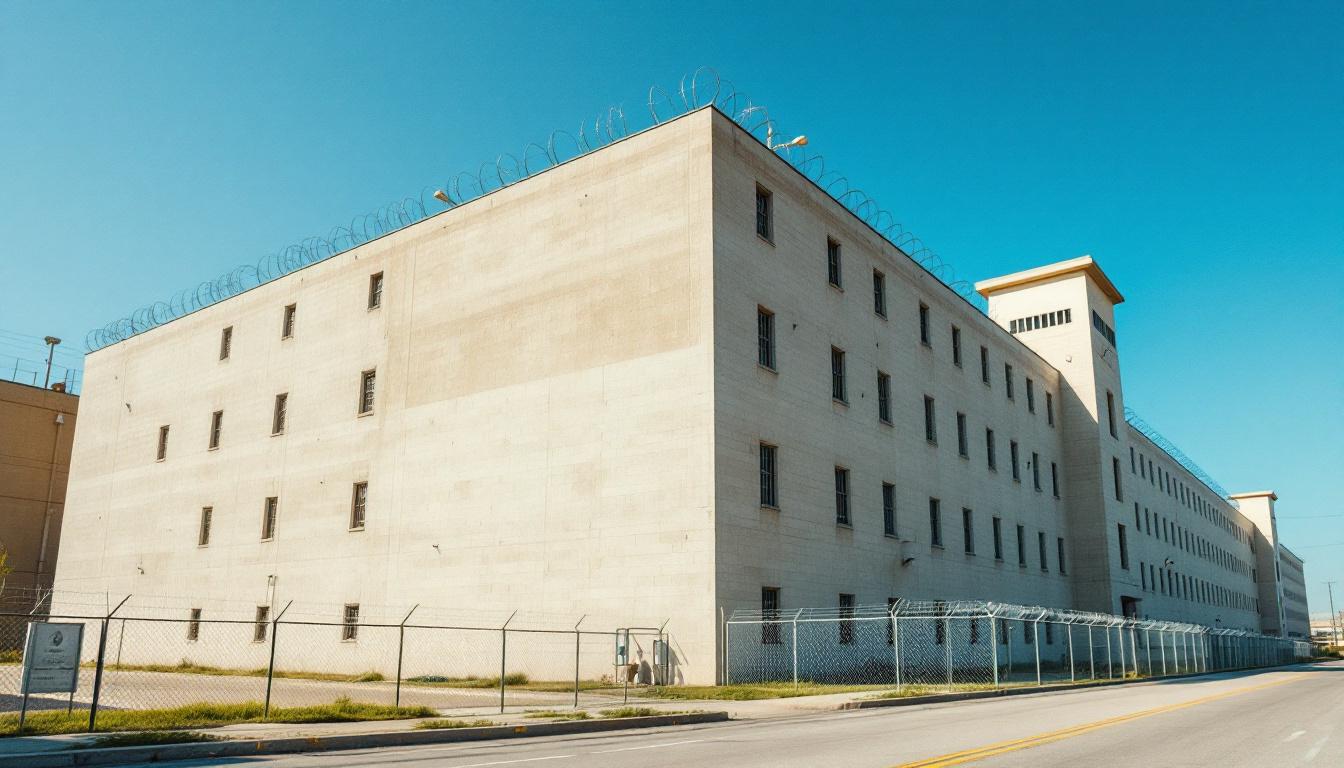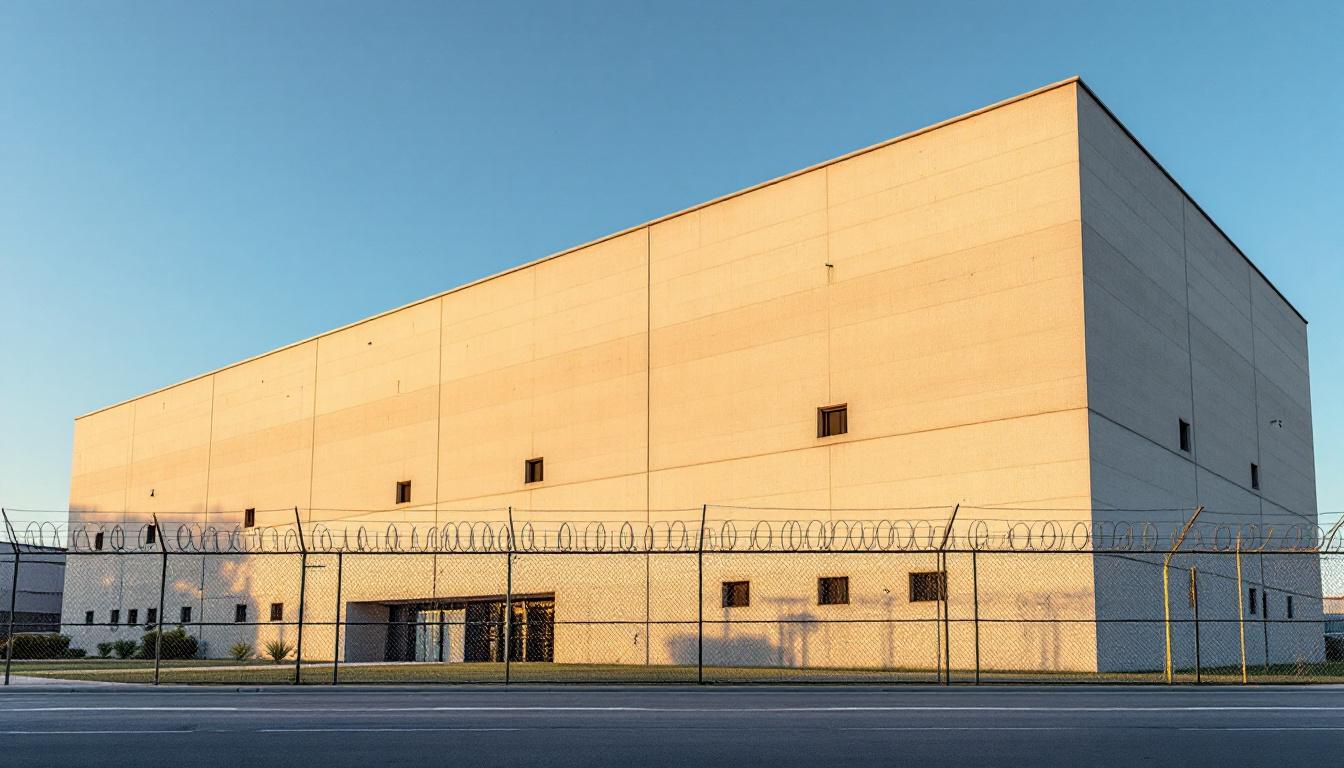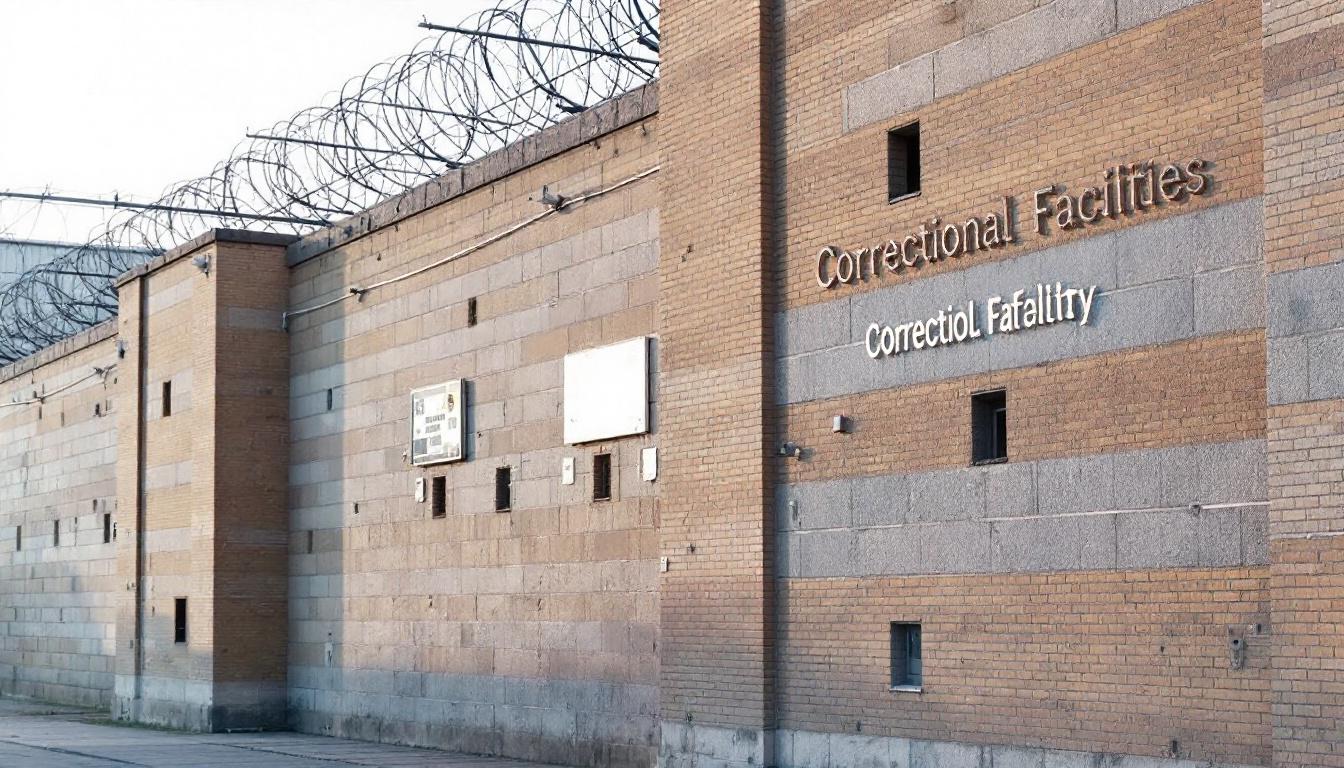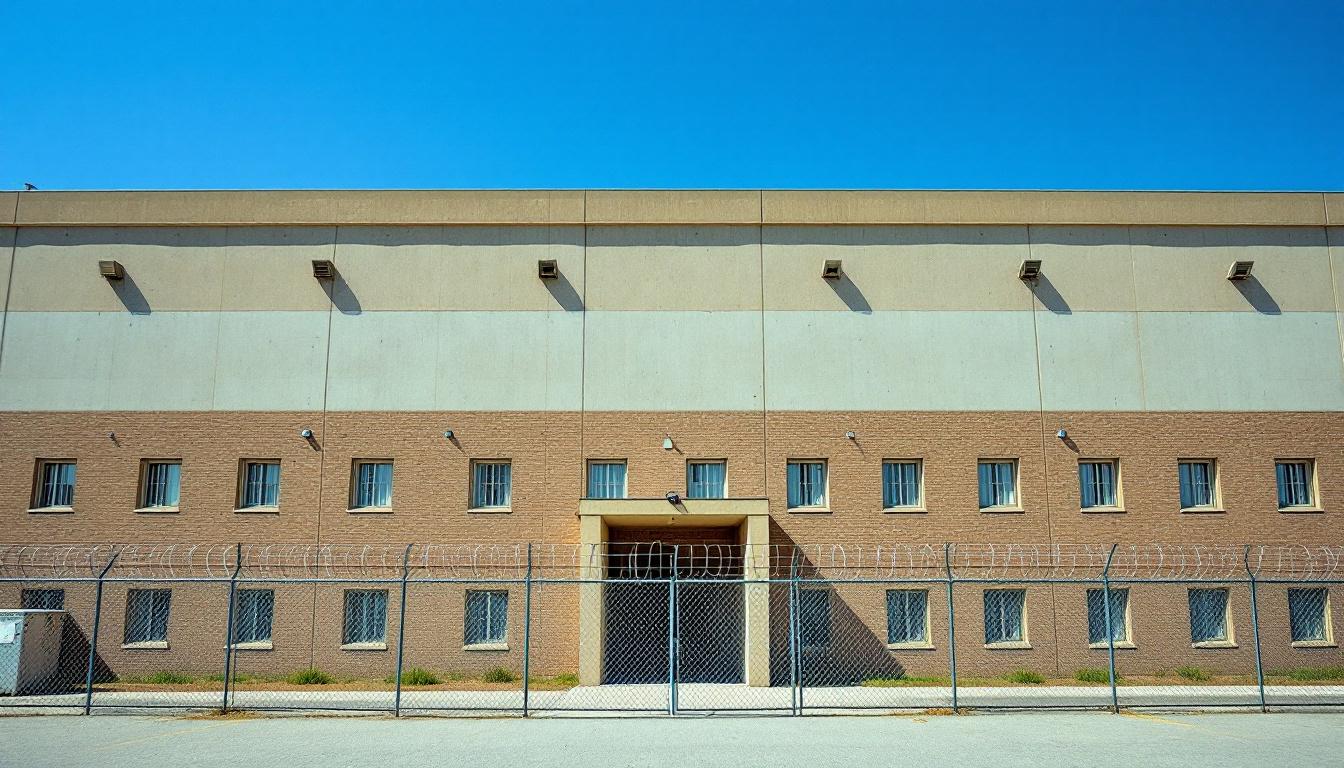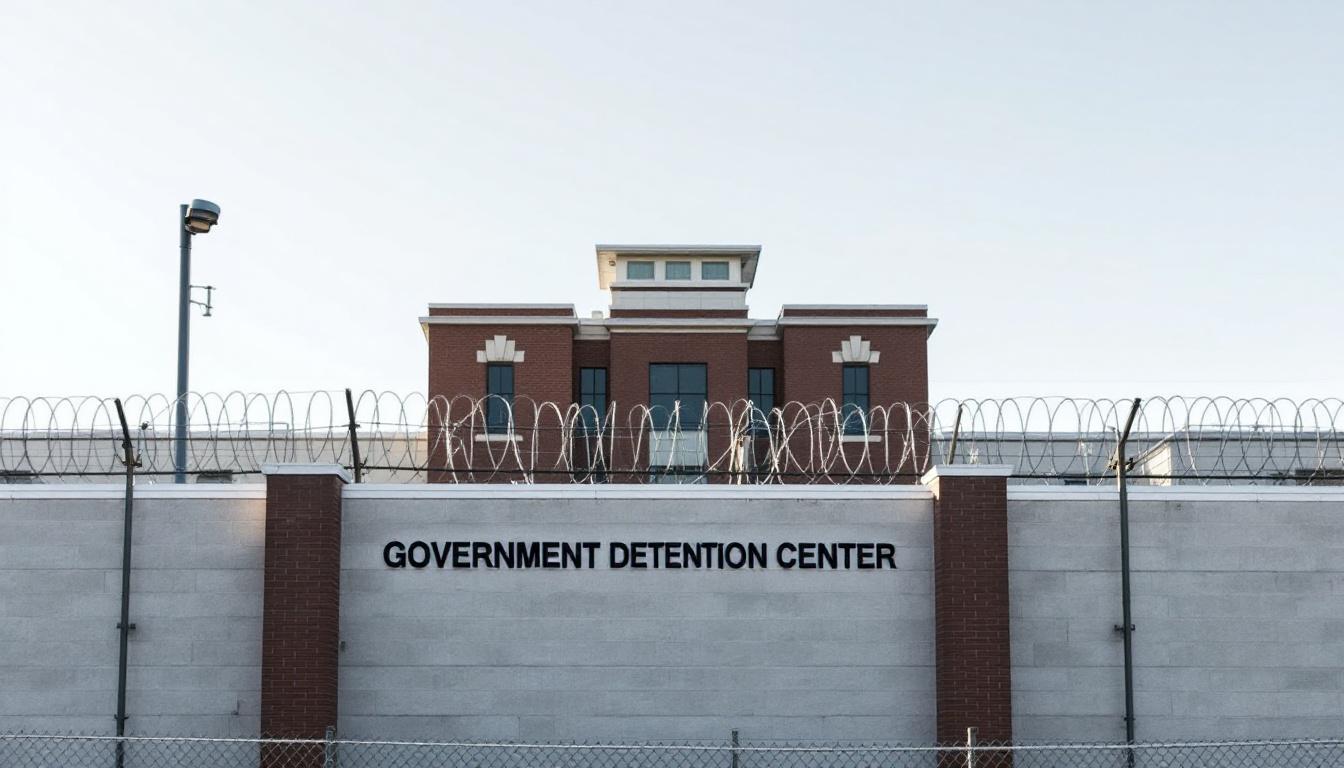
Quick Navigation
How to contact an inmate at Penobscot County Sheriff
This comprehensive guide will walk you through how to connect with an inmate at Penobscot County Sheriff. Follow the steps below to find an inmate and send letters and photos:
- Search for the inmate using our search tool below
- Create your account or log in to Penmate
- Write your message (up to 6,000 characters)
- Send instantly - inmates receive printed copies daily
Find an Inmate
Search for an inmate to start communicating today
Tip: You can search by first name, last name, or inmate ID number
To contact a person at Penobscot County Sheriff start by searching for the person on the official facility website. Perform a search by following these steps:
- Step 1: Enter their first name and last name into the search form and click "Search"
- Step 2: Locate their inmate record
- Step 3: Write down their Inmate ID and any housing information provided
Important! Be sure to enter the person's full name. Nicknames should not be used.
How to Send Messages to Inmates

You can use your phone or computer to send emails, letters, and photos to an inmate. Messages are sent electronically to inmate tablets or kiosks at the facility. If you would like to send a message, start by searching for an inmate at Penobscot County Sheriff.
Sending Photos and Postcards

A great way to send love and support to a loved one at Penobscot County Sheriff is to send photos and postcards. It only takes a few minutes to send photos from your phone and it makes a huge difference. You can also mail postcards with words of support and inspiration, or design your own postcard for special moments like birthdays and holidays.
Important! Be sure not to send any explicit photos or they may not be approved by the facility. You can also use a photo printing app like Penmate to make sure your photos are printed at the correct size (4x6 or 3x5) and are mailed according to the rules and regulations of Penobscot County Sheriff.
Frequently asked questions about Penobscot County Sheriff
-
How long does it take to deliver a message?
If you're sending an email message your letter is usually delivered within 24-48 hours. For messages sent via mail you should expect delivery within 3-7 days. All messages will need be approved by Penobscot County Sheriff.
-
How much does it cost to send a message to Penobscot County Sheriff?
You can send a message free using your phone or mail a message via USPS for the price of a $0.60 stamp and envelope. You can also purchase credits or e-stamps from services starting at $1.99.
-
What services can I use to contact an inmate at Penobscot County Sheriff?
Penmate
You can use Penmate to send letters and photos to an inmate from your phone. It's an easy way to stay in touch during your loved one's incarceration. Use the inmate locator to find an inmate's location and contact information, then you can send messages within a few minutes.
Securus messaging
Securus may be another option for communicating with an inmate at Penobscot County Sheriff. You can create a friends and family account and purchase credits to send messages. All messages will be reviewed and must be approved by the facility.
JPay
Some county jails and state prisons may support sending messages with JPay. You must register an account with the system, find your loved one, and purchase stamps to send messages. For some locations you can also attach photos.
Smart Jail Mail
You may also check if Smart Jail Mail is available at Penobscot County Sheriff. Smart Jail Mail is operated by Smart Communications and has contracted with some state and county jails. After purchasing credits, your messages and photos are sent to the facility, printed out, and then handed out to your loved one.
-
What is the mailing address of Penobscot County Sheriff?
Mailing address:
Penobscot County Sheriff
85 Hammond St
Bangor, ME 04401
Phone: (207) 947-4585 -
What are the visiting hours at Penobscot County Sheriff?
Visiting hours at Penobscot County Sheriff vary by housing unit and security level. Generally, visits are scheduled on weekends and holidays, with some facilities offering weekday visits. Contact the facility directly at (207) 947-4585 or check their website for the current visiting schedule. Visits typically last 30-60 minutes and must be scheduled in advance.
-
What items are prohibited when sending mail to Penobscot County Sheriff?
Prohibited items typically include: cash, personal checks, stamps, stickers, glitter, glue, tape, staples, paperclips, polaroid photos, musical or blank greeting cards, hardcover books, magazines with staples, and any items containing metal or electronics. Only send letters on plain white paper with blue or black ink. Photos must be printed on regular photo paper (no Polaroids). Always check with Penobscot County Sheriff for their specific mail policies.
-
How do I send money to an inmate at Penobscot County Sheriff?
You can send money to an inmate at Penobscot County Sheriff through several methods: 1) Online using JPay, Access Corrections, or the facility's approved vendor, 2) Money orders mailed directly to the facility with the inmate's name and ID number, 3) Kiosks located in the facility lobby, or 4) Over the phone using a credit or debit card. Fees vary by method, typically ranging from $2.95 to $11.95 per transaction.
-
Can I schedule a video visit with an inmate at Penobscot County Sheriff?
Many facilities now offer video visitation as an alternative to in-person visits. At Penobscot County Sheriff, video visits may be available through services like Penmate, Securus Video Connect, GTL, or ICSolutions. Video visits typically cost $10-20 for 20-30 minutes and must be scheduled in advance. You'll need a computer or smartphone with a camera and reliable internet connection. Contact the facility for their specific video visitation policies and approved vendors.
-
What identification do I need to visit an inmate at Penobscot County Sheriff?
All visitors must present valid government-issued photo identification such as a driver's license, state ID, passport, or military ID. Minors must be accompanied by a parent or legal guardian who can provide the minor's birth certificate. Some facilities require visitors to be on the inmate's approved visitation list, which may require a background check. Contact Penobscot County Sheriff for specific ID requirements and visitor approval procedures.
-
How can I find out an inmate's release date?
To find an inmate's release date at Penobscot County Sheriff, you can: 1) Use the online inmate search tool if available, 2) Call the facility's records department, 3) Contact the inmate's case manager or counselor, or 4) Have the inmate provide this information during a call or visit. For privacy reasons, some facilities only release this information to immediate family members.
Facility Overview
Official Website

About Penobscot County Sheriff
Serving as a cornerstone of law enforcement and public safety throughout central Maine, the Penobscot County Jail operates with a mission centered on secure detention, community protection, and offender accountability. Located in Bangor, Maine's third-largest city and the commercial hub of the state's northern regions, this ME correctional facility occupies a strategic position within the broader network of New England's county-level detention systems. The facility's geographic placement in Bangor provides essential correctional services to communities spanning from the coastal areas to Maine's interior wilderness regions, reflecting the diverse demographic and geographic challenges typical of rural New England corrections.
Within Maine's decentralized correctional framework, Penobscot County Jail functions as a critical component connecting local law enforcement agencies with state-level corrections infrastructure. The facility typically manages pre-trial detention, sentenced individuals serving shorter terms, and those awaiting transfer to state facilities, while generally maintaining operational standards consistent with other county jails throughout the region. Programs and services for those incarcerated may include basic educational opportunities, substance abuse counseling, work release programs, and reentry planning, though specific offerings often depend on available resources and community partnerships. The jail's role extends beyond simple detention to encompass elements of rehabilitation and community reintegration, reflecting contemporary approaches to county-level corrections that emphasize both public safety and offender accountability within the broader context of Maine's criminal justice system.
Programs & Services
Within the structured environment of Penobscot County Jail, those incarcerated encounter a comprehensive array of opportunities designed to foster personal transformation and prepare them for successful community reintegration. The facility's approach emphasizes that periods of incarceration can serve as catalysts for meaningful change, providing individuals with access to resources that may not have been previously available to them. Through carefully structured offerings, participants can address underlying challenges while simultaneously developing the skills and knowledge necessary for productive citizenship upon release.
Educational services form the cornerstone of the facility's developmental approach, typically encompassing basic literacy instruction, GED preparation, and various academic enhancement opportunities. These educational pathways often complement vocational programs that may furnish practical training in marketable trades and professional skills. Furthermore, job placement assistance services work to bridge the gap between institutional learning and community employment, helping those incarcerated develop comprehensive career strategies that extend beyond their period of confinement.
The facility's therapeutic and support infrastructure addresses the multifaceted needs of its population through substance abuse treatment programs that employ evidence-based methodologies to combat addiction. Communication skills development offerings help participants improve interpersonal effectiveness and conflict resolution capabilities, while chaplaincy programs provide spiritual guidance and moral support throughout the rehabilitation process. These interconnected services create a holistic framework where those incarcerated can simultaneously address personal challenges, develop practical competencies, and cultivate the emotional resilience necessary for lasting behavioral change.
Daily Life & Visitation
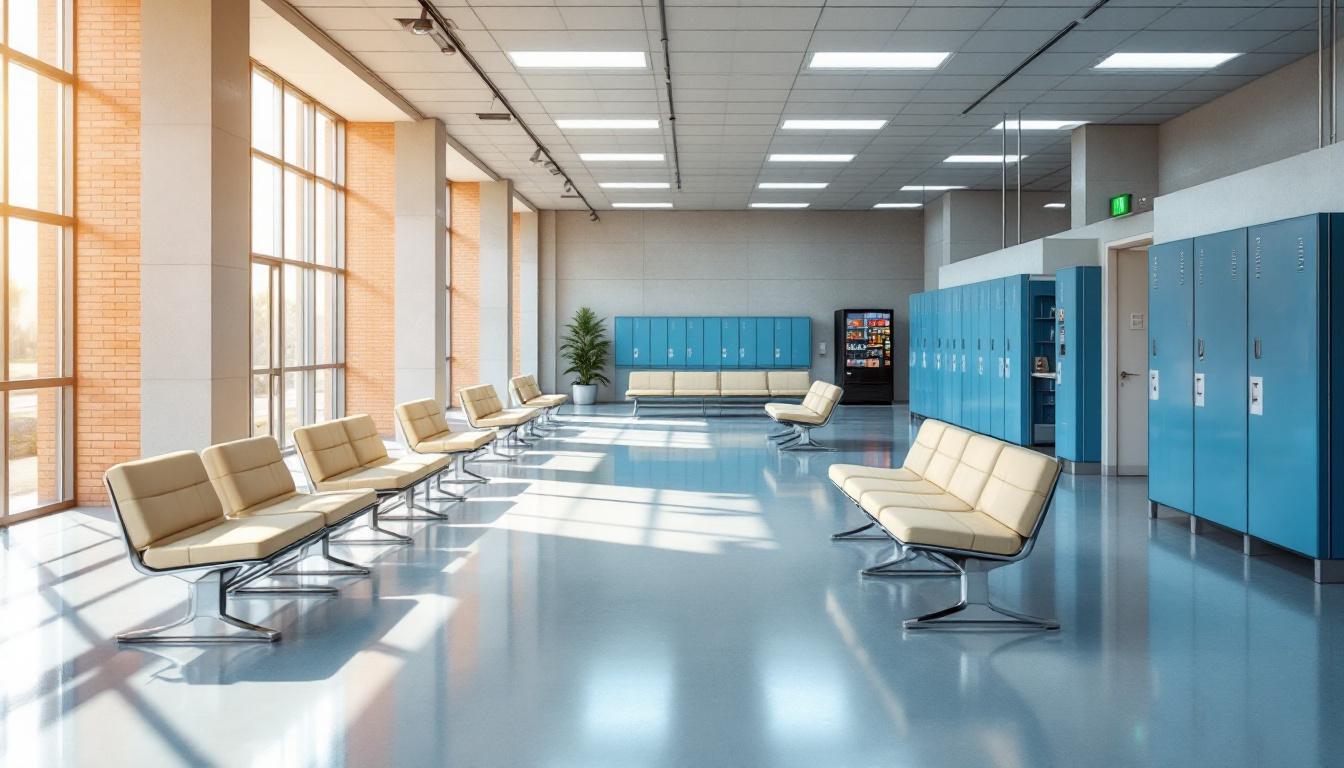
Family connections and community bonds remain central to the experience of those incarcerated at Penobscot County Jail, where maintaining relationships with loved ones serves as a vital source of support and motivation. Those incarcerated now follow structured daily routines that typically begin with early morning counts and meal service, followed by regularly scheduled programming activities, work assignments, and recreational periods that furnish both purpose and social interaction throughout the day. The facility generally operates on a schedule that balances security requirements with opportunities for personal growth and community engagement.
Living accommodations typically consist of housing units designed to accommodate multiple residents, where those incarcerated share common areas and develop informal support networks that help them navigate their time at the facility. Although space may be limited, these shared environments often foster relationships among residents who participate in daily activities together, from meals served in communal dining areas to recreational periods that encourage social interaction. The housing units generally provide basic amenities and personal storage space, while commissary services allow those incarcerated to purchase additional comfort items and maintain some personal preferences in their daily routines.
Furthermore, the facility typically offers various programs and activities that help those incarcerated maintain connections with the outside community while developing new skills and relationships within the facility. Work assignments may include kitchen duties, maintenance tasks, or facility operations that provide structure and opportunities for residents to contribute meaningfully to their community. Although security protocols govern all interactions, visitation programs and communication options such as phone calls and correspondence generally allow those incarcerated to maintain regular contact with family members and friends, ensuring that these crucial relationships continue to provide emotional support and connection to life beyond the facility walls.
Ready to Connect?
Start communicating with your loved one today
Search for an Inmate
